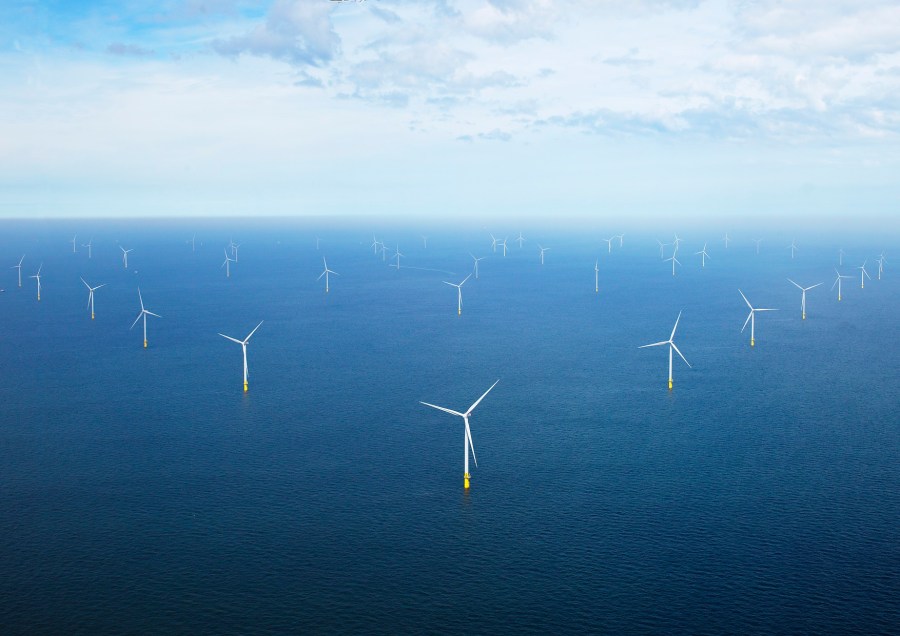Yara and offshore wind developers, Ørsted, have joined forces to launch an ambitious and potentially world-changing project which will seek to replace fossil hydrogen with renewable hydrogen in the production of ammonia. Charlotte Cunningham reports.
If successful, it’s claimed that the project would eliminate more than 100,000t of CO2 per year, equivalent to taking 50,000 conventional cars off the road.
The partnership is now in the process of securing public co-funding and the appropriate regulatory framework, with an operational target of 2024/2025.
“We share a vision of creating a sustainable future for us all,” says Terje Knutsen, executive vice president and head of farming solutions at Yara. “To support this, Yara and Ørsted have partnered to develop a 100 MW wind-powered electrolyser plant for renewable hydrogen production, aiming to replace fossil-based hydrogen for ammonia production in Yara’s plant in the Dutch province of Zeeland.”
Carbon-free alternative
The renewable hydrogen would generate around 75,000t of green ammonia per year, based on dedicated renewable energy supply from Ørsted’s offshore wind farms. The green ammonia is intended to be used in the production of carbon neutral fertiliser products, decarbonising the food value chain, and also has potential as a future climate neutral shipping fuel.
Hydrogen produced from renewable energy sources offers a carbon-free alternative to fossil-based hydrogen. The cost, however, is significantly higher, and the partnership have said they are clear the development will take time and depend on public support to supplement private investments in large-scale renewable hydrogen and ammonia production. A final investment decision to build the new plant is hoped for by late 2021 or early 2022.
“With the right support in place, this joint flagship project between Yara and Ørsted will not only lead to a significant reduction of CO2 emissions, but also help mature the technology for the wider decarbonisation of European industry,” says Martin Neubert, executive vice president and CEO of Ørsted Offshore.
The Netherlands lends itself well to the combined project, with abundant access to offshore wind resources and numerous large hydrogen consumption centres in coastal areas. As a setting for the stages of a green transformation, it’s a uniquely positioned location, able to leverage the surrounding resources while securing a competitive opportunity for creating economic activity and jobs, adds Terje.
“Green ammonia is emerging as one of the most promising carbon neutral energy carriers. Teaming up with Ørsted in this project in the Netherlands represents a major step forward for our mission at Yara of delivering a sustainable and environmental future for farming across the world.”




